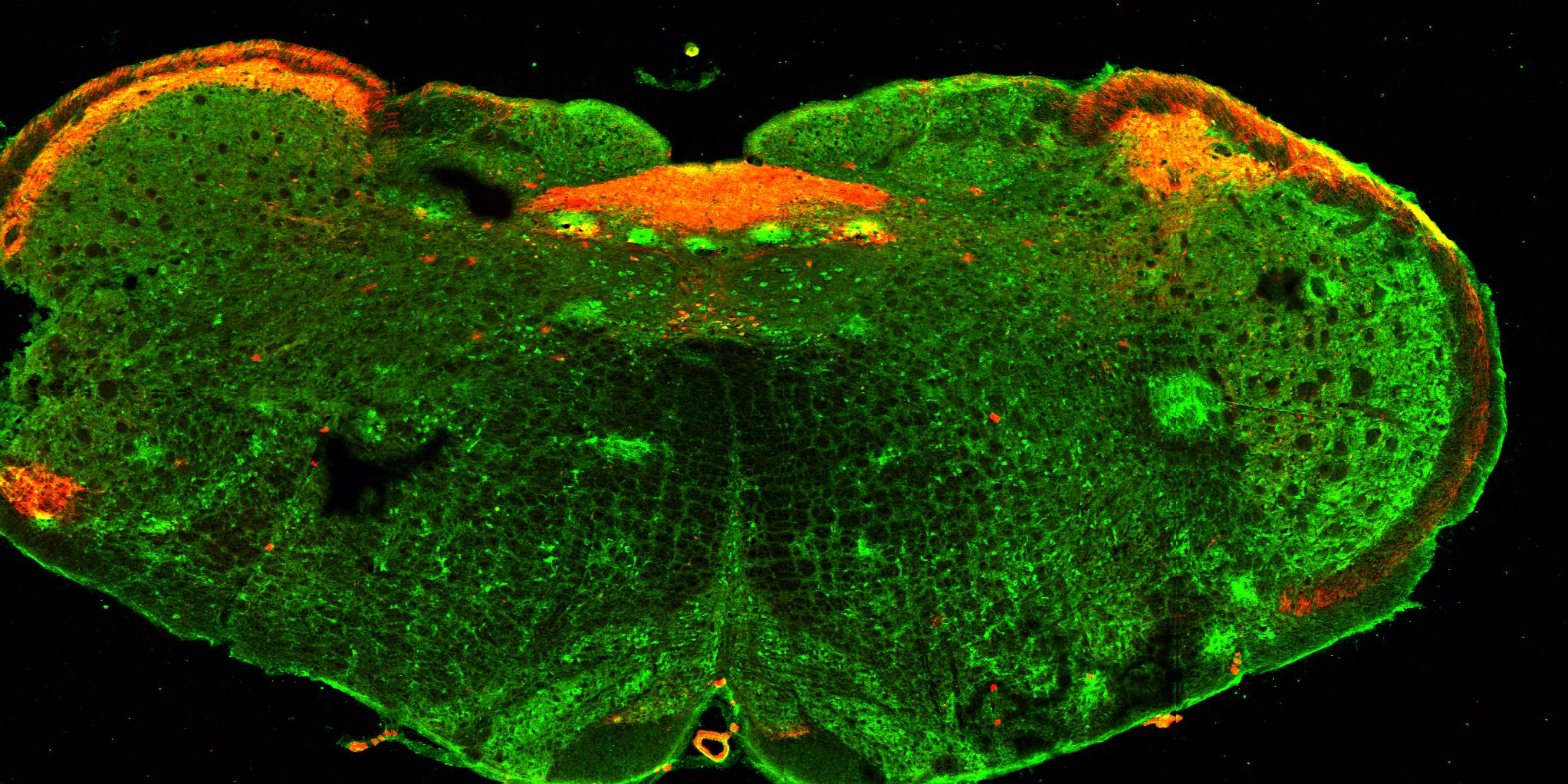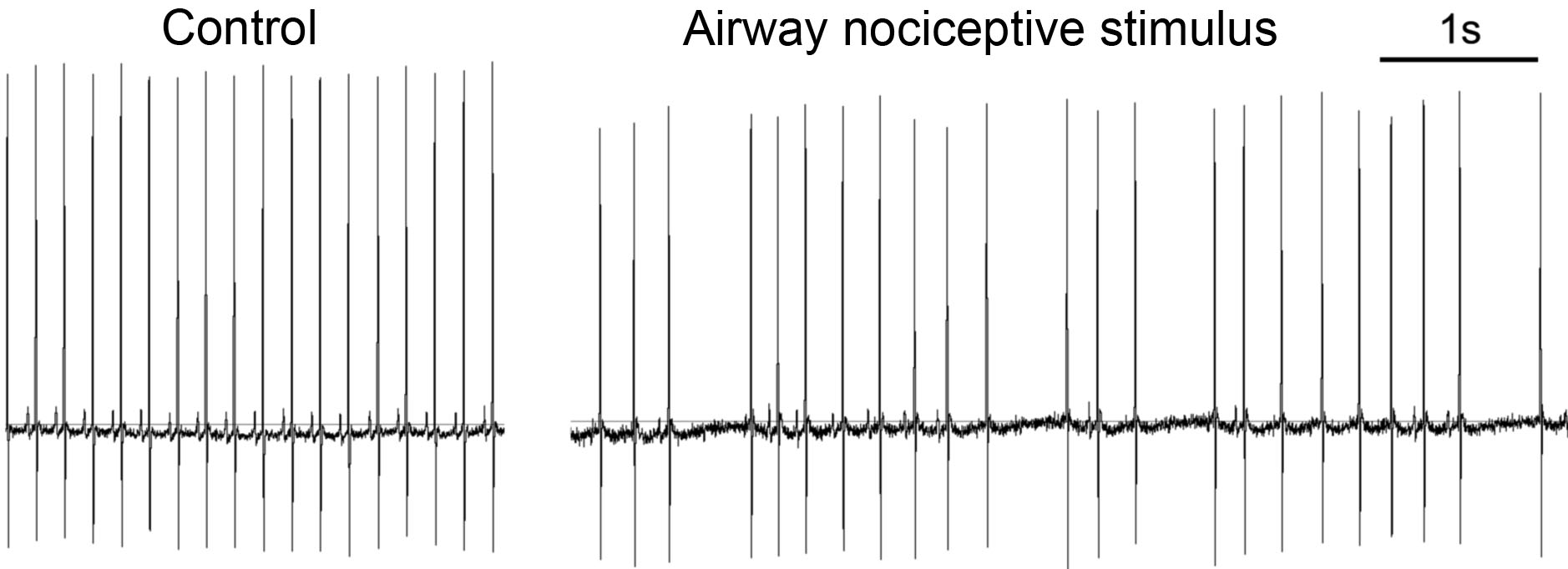Taylor-Clark Lab
Research
Overview
Every organ is innervated by a heterogeneous population of sensory nerves that detect specific stimuli (e.g. mechanical pressure, temperature, pH, inflammatory mediators) due to the expression of receptors and ion channels. Sensory nerves conduct this information to the CNS and, depending on the nerve subtype and originating organ, evoke specific behavioral, emotional and reflex responses. Our main focus is on nociceptive sensory nerves within the lungs and airways. These nerves are activated by inflammation (e.g. asthma), infections and inhaled pollutants and irritants and cause cough, wheeze, decreased airflow and mucus secretion, as well as modulating cardiovascular function.
Selected Publications
Taylor-Clark TE, Undem BJ, MacGlashan DW Jr, Ghatta S, Carr MJ, McAlexander MA. Prostaglandin-induced activation of nociceptive neurons via direct interaction with transient receptor potential A1 (TRPA1). Mol Pharmacol. 2008 Feb;73(2):274-81.
Taylor-Clark TE, McAlexander MA, Nassenstein C, Sheardown SA, Wilson S, Thornton J, Carr MJ, Undem BJ. Relative contributions of TRPA1 and TRPV1 channels in the activation of vagal bronchopulmonary C-fibers by the endogenous autacoid 4-oxononenal. J Physiol. 2008 Jul; 586(14): 3447-59.
Taylor-Clark TE, Undem BJ. “Ozone activates airway nerves via the selective stimulation of TRPA1 ion channels”, J Physiol. 2010 Feb; 588(3): 423-33.
Nesuashvili L, Hadley SH, Bahia PK, Taylor-Clark TE. Sensory nerve terminal mitochondrial dysfunction activates airway sensory nerves via transient receptor potential (TRP) channels. Mol Pharmacol. 2013 May;83(5):1007-19. PMID: 23444014, PMCID: 3629826.
Hadley SH, Bahia PK, Taylor-Clark TE. Sensory Nerve Terminal Mitochondrial Dysfunction Induces Hyperexcitability in Airway Nociceptors Via Protein Kinase C. Mol Pharmacol. 2014 June;85(6):839-48. PMID: 24642367, PMCID: 4014670.
Hooper JS, Hadley SH, Morris KF, Breslin JW, Dean JB, Taylor-Clark TE. Characterization of cardiovascular reflexes evoked by airway stimulation with allylisothiocyanate, capsaicin and ATP in Sprague-Dawley rats. J Appl Physiol (1985). 2016; 120(6):580-91.
Bahia PK, Parks TP, Stanford KR, Mitchell DA, Varma S, Stevens Jr. SM, Taylor-Clark TE. The exceptionally high reactivity of Cys 621 is critical for electrophilic activation of the sensory nerve ion channel TRPA1. J Gen Physiol. 2016 Jun;147(6):451-65.



